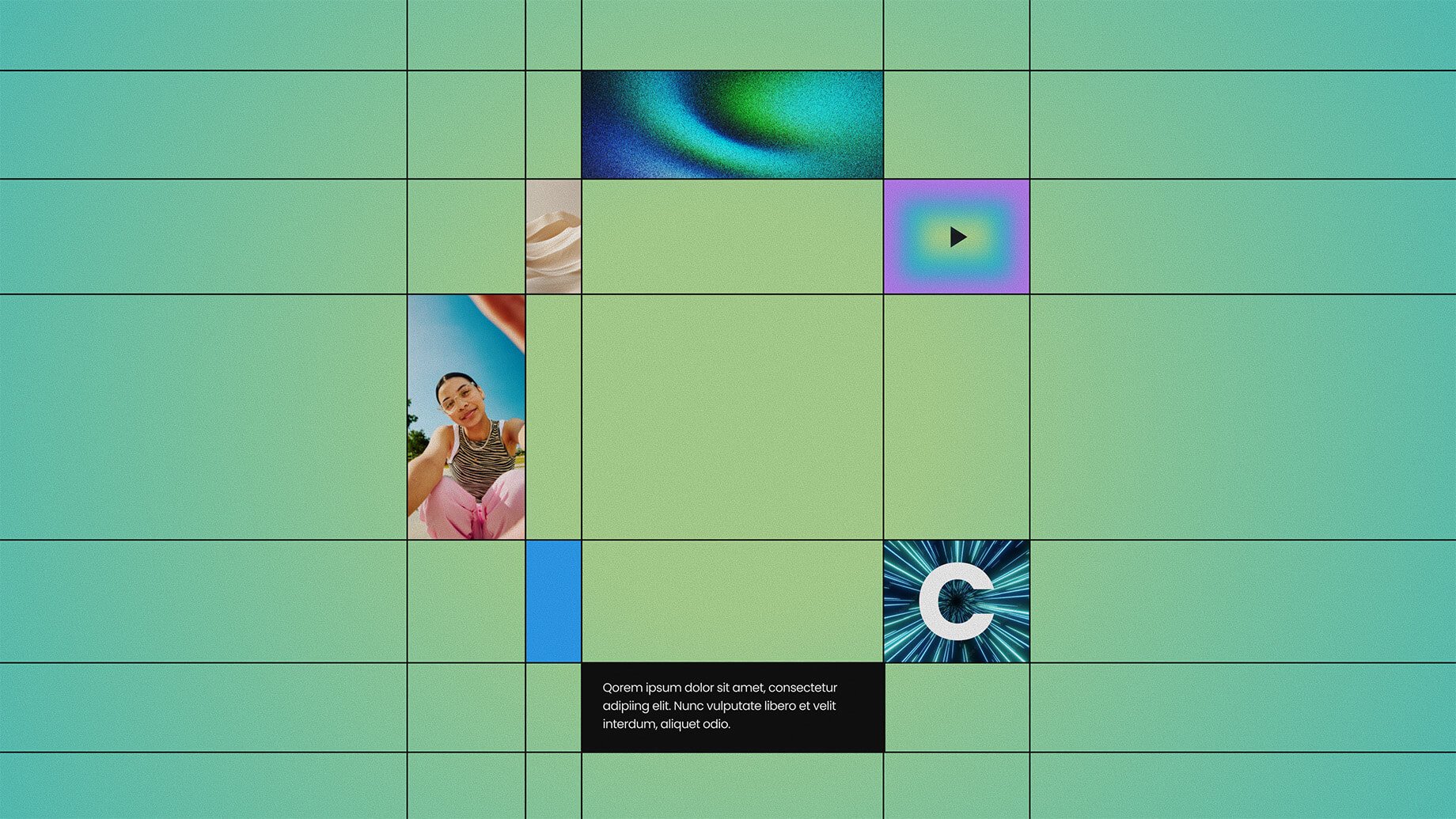Why I Hate High Quality Content
We all have words or phrases that we hate with an irrational passion. That make our skin crawl. That fill us with rage. That make us embarrassed just to see them written down.
For me, that phrase is High Quality Content.
For years, almost every article or piece of advice that I’ve read on marketing has included some variation on the importance of creating High Quality Content (I may have even said it myself once or twice).
Want to improve your SEO? High Quality Content.
Want to increase conversions? High Quality Content.
Want to reduce churn? High Quality Content.
Want to improve user satisfaction? High Quality Content.
Want to win friends and influence people? You guessed it…High Quality Content.
Sure, it seems like solid advice. Content is King* after all, so why wouldn’t you want the highest quality content possible?
But what does “high quality” even mean?
- Is it content that’s free of spelling errors?
- Is it content that’s long and comprehensive?
- Is it content that’s short and to the point?
- Is it content that gets you to buy something?
- Is it content that gets you to think a certain way?
- Is it content that has a low bounce rate?
- Is it content that’s easy to manage and update?
Here’s the rub. There’s no such thing as quality content. Quality is subjective, obviously. One person’s trash is another’s treasure. But the term High Quality Content is problematic for another big reason.
It puts our focus on the wrong thing. Quality is not the goal. Our goal is the goal.
Say I sell red widgets online. To help increase sales, I commission a comprehensive history of the red widget. I interview the foremost red widget historians, hire expert copywriters and editors to develop a compelling story arc, and bring in a talented graphic designer and developer to turn the piece into a slick, interactive, elegantly responsive web experience.
The piece is a hit. Not only does it get thousands of page views, but people are actually spending the time to read the whole thing and share it with their friends. This is it, I say! High quality content has done it again.
Quality is not the goal. Our goal is the goal.
But then I look at my sales numbers. Sure, I’ve gotten a few more orders than last month, but nothing close to justifying the cost of the content I created.
Now this isn’t a parable about the dangers of content marketing (although that could be its own post). It’s about the dangers of mistaking tactics for strategy. It’s about what can happen when you focus on something as abstract and diverting as Quality. If quality were the true measure of success, then Bud Light would be the least successful beer in the world. Fortunately for Anheuser-Busch, some people care more about calories and money than about taste. And that’s fine. The key is to understand what your customers care about and create content that speaks to their needs.
The only thing you should be concerned about is whether your content is effective. Effective content can be short or long. It can be beautifully written or dry as a bone. It can come from subject matter experts or junior copywriters. It all depends on what your goals are.
A few months later, I decide to update my red widget product description on Amazon. Instead of a comprehensive list of features and specs, I spend a few minutes writing a short sentence on how our red widgets can save you money and reduce downtime. It’s not Shakespeare, but it gets the point across.
The next month sales are up 10%.
So let’s stop talking about high quality content and start talking about effective content instead. Hopefully this’ll force us to focus on what we’re really trying to do, whatever that is.
* I’m sorry. It’s my understanding that every post about content is required to have at least one instance of the phrase Content is King.


